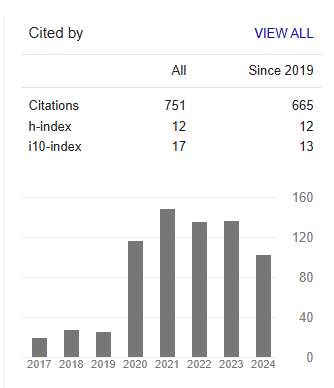Associated factors with mortality in people living with HIV in Ziguinchor, Southern-region, Senegal: about 804 cases.
Abstract
Kalilou Diallo, Bruce Shinga Wembulua, Genevieve D Sarr, Khadidiatou Diallo, Yaya Kane, Mame Ngone Coly, Habibou Sarr, Ansoumana Diatta and Noel Magloire Manga
Background: The generalization of antiretroviral treatment to all People living with HIV (PLHIV) contributes to the considerable decrease of HIV-related mortality. However, this remains higher than in the general population, hence the importance of identifying its determining factors. The objective of our study was to determine the factors associated with death in PLHIV followed in Ziguinchor.
Patients and method: This was a cross-sectional, descriptive and analytical study on the cohorts of PLHIV followed in the health districts of Ziguinchor and Bignona in Senegal over a period of 5 years. We included all the patients infected with HIV, aged 15 years and over, regularly followed and under antiretroviral treatment during the study period.
Results: Of the 804 patients included, 597 (74.25%) were female, i.e. a sex ratio (F/M) of 2.88. The average age was 45.61 ± 13.01 years [15 to 96 years]. The diagnosis was made at WHO stages 3 and 4 in 286 patients (35.58%). The predominant serotype was HIV-1 (82.34%) followed by HIV-2 (15.17%) and HIV-1+2 (2.49%). Lethality was 6.34% after 12 months of follow-up under treatment. In multivariate analysis, death was associated with: age over 65 years (p=0.027), treatment duration < 12 months (p<0.005), insufficient immunological restoration (CD4+<500/mm3; p=0.001) and a viral load > 1000 copies (p=0.000).
Conclusion: Advanced age and insufficient immunovirological response are the main factors associated with death in our patients. The introduction of more effective treatments based on integrase inhibitors, good therapeutic education and better monitoring of seniors will improve their prognosis.



